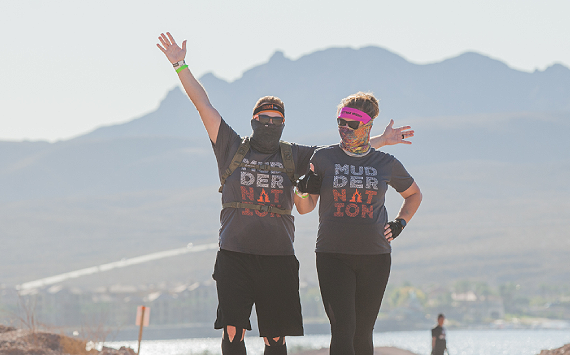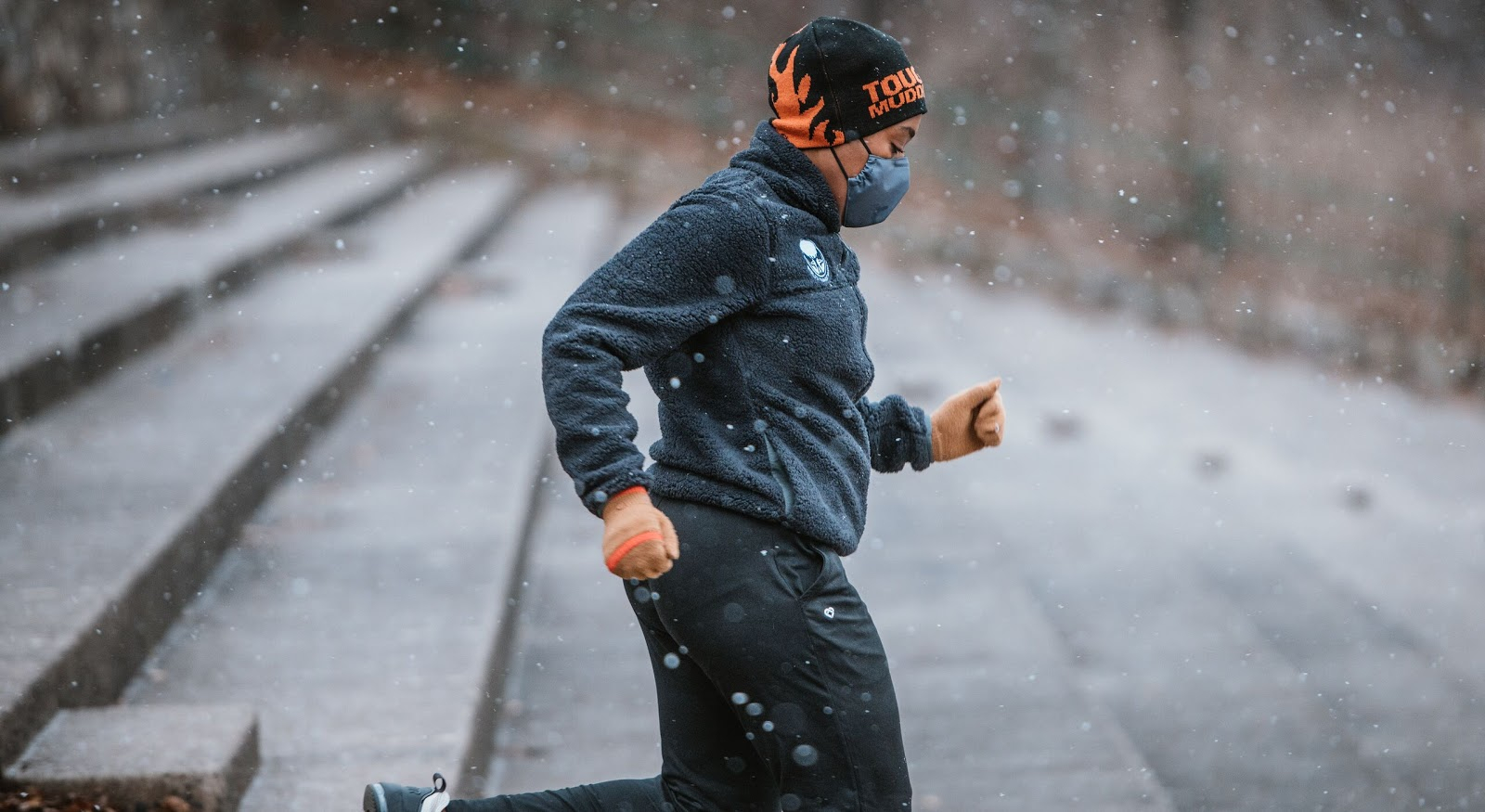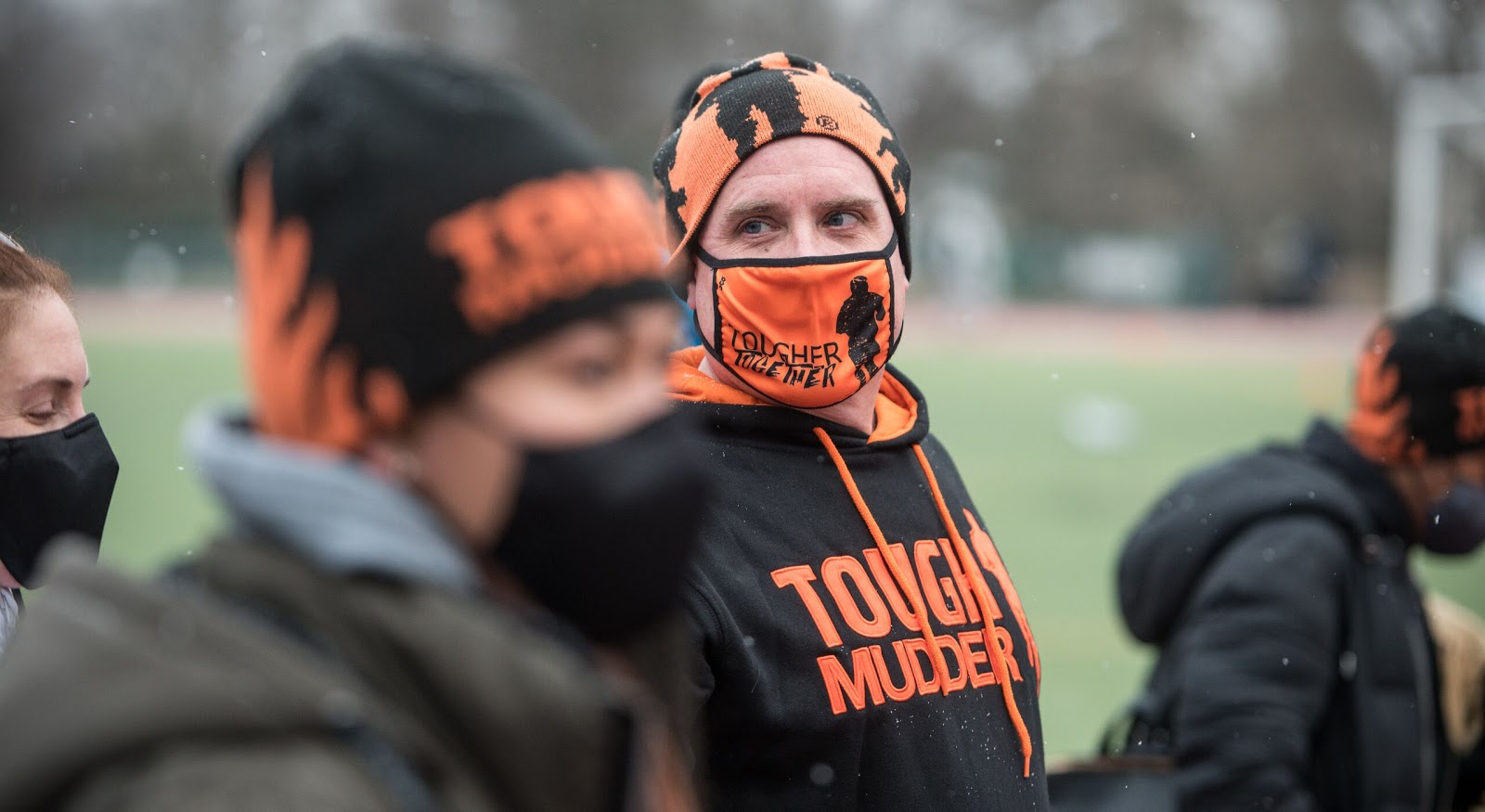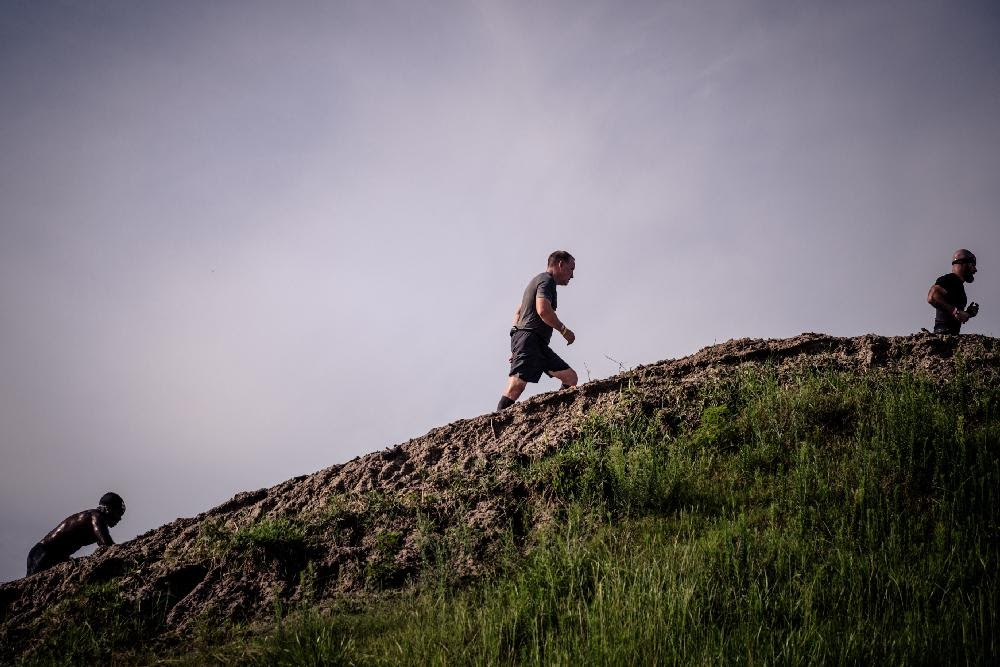
Dr. Brooke Nichols, PhD, MSc is an infectious disease epidemiologist currently serving as an assistant professor at the Boston University School of Public Health, where she specializes in the mathematical modeling of infectious disease. Nichols’ recent work includes modeling of the COVID-19 pandemic in South Africa and Zambia, analyzing and optimizing virus testing strategies with minimal resources.
Also an ultra runner, Nichols is currently consulting with and advising Tough Mudder, Spartan Race and Boston Marathon with the goal of building effective protocols so people can enter and safely enjoy participating in an outdoor athletic event.
As you can imagine, epidemiologists like Nichols have been busy. Keeping up with the flood of studies alone is challenging. In December, Nature reported that scientists have published more than 200,000 papers focused on the pandemic.
We spoke to Nichols in great detail about the policies that she has helped Tough Mudder establish to ensure that events are safe and responsible in 2021.
How safe are outdoor event?
T.J. Murphy: Can an outdoor event like a Tough Mudder be safe?
Brooke Nichols: A truly outdoor event like Tough Mudder can definitely be safe. I think it’s important to know that a recent meta analysis of the research suggests that— at a minimum — you’re at least 18.7 times safer at an outside event compared to being indoors.
I say “at least” because as the review indicates, the data is often being collected from settings where the event isn’t purely outside. The subjects might be inside part of the time. Transmission of the virus is so low in purely outdoor settings that there is little in the way of research on it.
Is it safe to race witout a mask?
TM: In the protocols you’ve recommended to Tough Mudder, masks are generally required — except for on the course itself. Can you explain why it’s safe to participate without a mask?
BN: Think of the basic transmission-mitigating strategies as a triangle. On one side you have the outdoors factor — an event that is truly outside in a totally ventilated space. Another side is the use of masks, and the final side of the triangle is social distancing.
Each of these measures is important, and all can play a part in preventing transmission at a Tough Mudder. But the evidence shows that outdoor ventilation is the most important because of how thoroughly it disperses the virus. So, for example, if you’re in a totally ventilated space — you’re outside and the wind is blowing — the possibility of transmission is greatly reduced. You are then in a situation where, as long as you’re social distancing, you don’t need to wear a mask.
So when you’re running in an event that has a low density of participants and social distancing is being practiced, it’s safe enough that you don’t need to wear a mask.
With the triangle still in mind, if you’re in a place where there is low ventilation, then you need to wear a mask as well as practice social distancing to be safe.

Is it possible to social distance on the course?
TM: How easy will it be to social distance during a Tough Mudder?
BN: The key is reducing the number of participants on the course, so social distancing isn’t a problem. To do this, Tough Mudder has lowered the overall number of racers participating and is spreading them out. Tough Mudder is doing this by decreasing the number of participants in each wave by between 25 – 75%, based on Government and local authority guidelines. We are limiting when participants can enter the festival area — no earlier than 60 minutes prior to their start wave time — to reduce the congestion.
This is why masks will not be required on course. You’re truly outside, you’re social distancing, and you’re moving around. In this setting, as I’ve mentioned, the risk of getting or transmitting the virus is so low that it’s rarely even mentioned in the medical literature.
When am I required to wear a mask?
TM: What about when you’re not running?
BN: Off-course, at the various contact points masks will be required.
These contact points are outside, but they tend to be spots where people might be closer together. Participants will be required to wear masks in the festival area, at restrooms, the check-in area, merchandise and the like. You’ll also be expected to social distance. Appropriate markers will be placed to help encourage the practice — like 6-foot interval markers in the line for the bathroom — and masks will be required as an additional protection.
It boils down to this: Everyone will be wearing a mask, except when they’re running.
TM: What about masks at the start and finish?
BN: The start and finish areas tend to be places where density can go up. You’ll be expected to bring your own mask to the starting line, but you won’t have to wear it on course. You carry it with you. Since the mask is probably going to get disgusting — expect it to get dirty and muddy during the race — you’ll be provided a new one at the finish.
This is all to ensure that the contact points are safe, and the risk of transmission is low.

Do I need to worry about the obstacles?
TM: What about obstacles? People making contact with surfaces? How do you mitigate the risk?
BN: Hand sanitizer will be available before each obstacle. Theoretically, if a participant were infected by the virus, you’d want that participant to use hand sanitizer before they start climbing up the obstacle so they aren’t spreading viral particles around.
In addition to providing hand sanitizer before obstacles, we worked a lot on developing a pre-event screening process that you fill out online. Once you pass the screening, you’ll have a code on your phone that you’ll use to get in.
TM: Will there be temperature checks?
BN: No. The science on this is clear: They don’t work.
The problem with temperature screening is you have a lot of false positives and false negatives. Ironically, temperature screening also puts people close together, possibly putting them at risk of transmission.
So in the absence of any widely-available antigen testing, the online screening process is the best method available to prevent an infected participant from participating in a Tough Mudder.
TM: What happens if you fail the screening?
BN: If you were to say “yes” to one of the questions asked in the online screening process, indicating the possibility of infection, you can move your entry to a different event or receive a free transfer to another Tough Mudder event.

Will staff members be tested beforehand?
TJ: Tell me about the testing protocols. Will Tough Mudder staff members have to test negative prior to the race?
BN: Every member of our staff is required to follow a multi-test COVID-19 protocol.. Before traveling to the event location, all staff must provide a negative PCR test result. Additionally, once they arrive at the venue, they must take a rapid antigen test.
TJ: I wonder if you can comment on how important it is, whether you’re racing or not racing, to get outside and get some exercise. It feels like a lot of people have decided not to worry about exercising until the pandemic is over. Their gym might be closed, so they stop. Yet the CDC has mentioned that one of the preexisting medical conditions that can lead to a severe case of COVID-19 is obesity. What are your thoughts?
BN: It’s crucial. I have a good friend who works in an ICU. During the first wave of the virus, he texted me: “Everyone in my ICU is obese. Brooke, whatever you do, don’t stop running!” It’s hugely important to stay active and continue exercising, regardless of the circumstances. And especially now.
TJ: And there’s the mental health aspect, too. We’ve been isolating now for so long that we’ve lost connection with our communities. The idea of being in a Tough Mudder, Spartan race or the Boston Marathon sounds more appealing than ever.
BN: Absolutely. I lived in South Africa for three years. In South Africa, the Comrades Marathon is like the Boston Marathon. Training for Comrades was just fun. We’d get together and train as a team, go to the race as a team. It was all so great. That’s why I became an ultra runner.
Doing an event is such a good thing for you, and it’s so nice to have something to look forward to.




